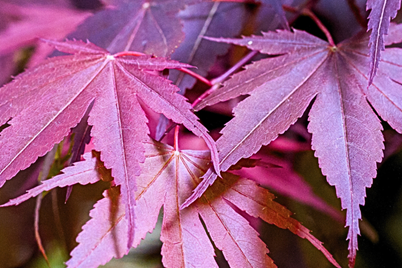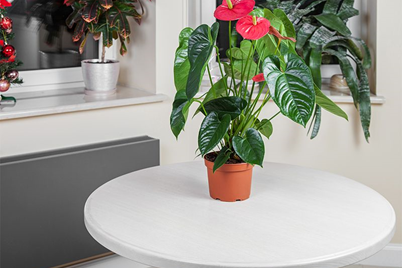Cooling conditions in autumn is our opportunity to plant a delicious new range of vegies that will help provide home grown produce over the coming months. There's nothing more satisfying and joyful than picking your own fresh ingredients. Here's how to get the absolute best from three of the most popular vegies for your autumn patch or pot:
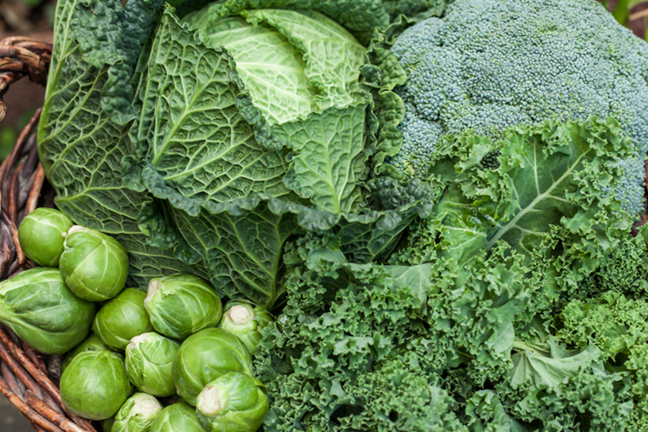
Brassicas
This group of nutritious vegies includes broccoli, brussels sprouts, cabbage, kale and cauliflower. They flourish in cool and cold weather and are stars of comforting winter dishes. When brassica seedlings are young, protect them from voracious snails and slugs with a light sprinkling of Yates Snail & Slug Bait. Keep the soil moist and apply Yates Thrive Natural Vegie & Herb Organic Based Pelletised Plant Food around the plants.
These rich organic-based pellets are boosted with fast-acting nutrients and will feed your brassicas for up to six weeks.
Two of the common insect pests that plague brassicas are caterpillars and aphids. Caterpillars can chew through leaves and stems and also into the florets of broccoli and the heads of cabbage and cauliflower. Yates Nature's Way Caterpillar Killer (Dipel) is based on naturally occuring soil bacteria and specifically targets caterpillars.
For aphids, Yates Nature's Way Vegie & Herb Spray (Natrasoap) contains an insecticidal soap that is effective against small sap sucking insects like aphids.
Both Yates Nature's Way Caterpiller Killer and Yates Nature's Way Vegie & Herb Spray are approved for use in organic gardening.

Baby Leaf Spinach
These smooth and tender nutty flavoured leaves are a winner in salads, pasta and stir fries. Baby leaf spinach can be grown in a vegie bed or in pots, in a sunny or partly shaded spot. They're quick to
grow and you can start picking individual leaves as you need them from just 6 weeks after sowing. They key to great taste and texture is to grow the plants quickly, keeping them well watered and fed each week with Yates Thrive Natural Vegie & Herb Liquid Plant Food.
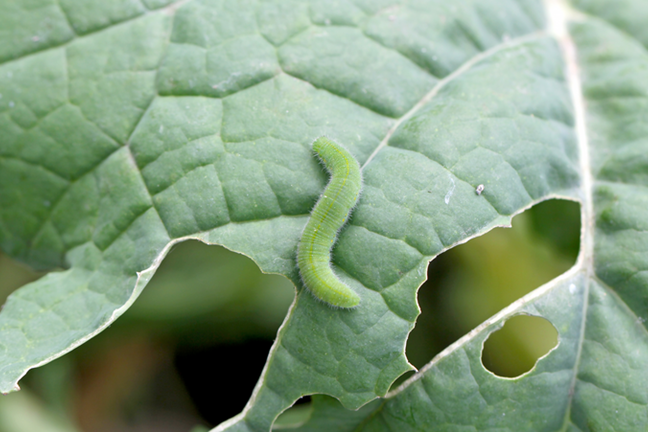
Caterpillar Tip- After being sprayed with Yates Nature's Way Caterpillar Killer, caterpillars will stop eating and then fall from the plant after a few days.
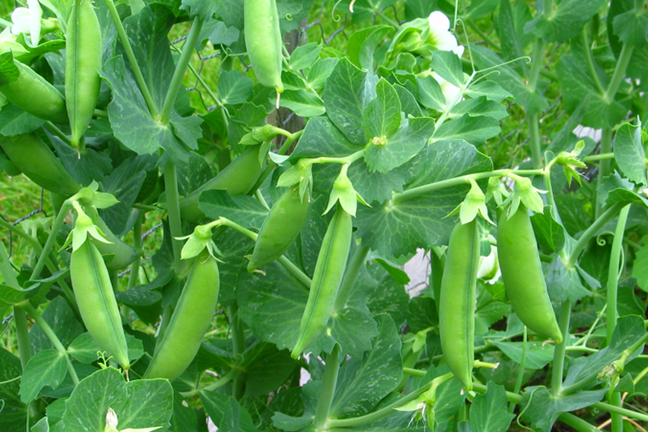
Peas Please!
Whether you love crunchy snow and sugarsnap peas or peas for shelling, autumn is the prime pea growing time for most areas around Australia.
Peas are super simple to grow from seed. For climbing peas, such as Yates Snow Peas and Yates Sugarsnap Peas, in a sunny well-drained spot sow seed into moist soil at the base of a trellis or wire frame for the plants to climb up. Don't water again for
a few days as pea seed can rot if they're kept too wet. As the plants establish, start feeding every one to two weeks with Yates Thrive Flower & Fruit Soluble Fertiliser, which is boosted
with extra potassium to promote flowering and pea development. You can be harvesting your own peas in as little as eight weeks from sowing. To promote a longer season, pick pods regularly.
Watch out for the first signs of powdery mildew disease on peas, which appears like a dusting of talcum powder over the leaves.
To help reduce powdery mildew, keep the leaves as dry as possible by gently watering at the base of the plants rather than over the top of the plant. And spray foliage with Yates Mancozeb Plus Garden Fungicide & Miticide every seven to ten days. In addition to controlling powdery mildew, Yates Mancozeb Plus will also control leaf spot diseases on peas.
Peas In Pots?
You don't need a vegie patch to be able to grow peas. Climbing peas can also be successfully grown in pots. Insert a teepee or tripod into a 30 - 40 cm diameter pot filled with Yates Potting Mix with Dynamic Lifter. Place the pot in a warm sunny spot and sow pea seeds at the base of the tripod. It will grow into a pyramid of peas!











